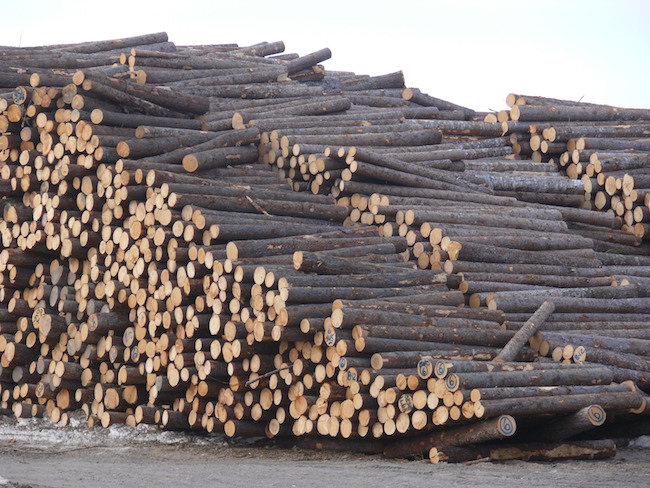
Features
Financial Reports & Markets
Packaging
Paper
Pulp
Report: Global forest products industry outlook remains negative amid pandemic
June 16, 2020 By P&PC Staff/Moody's Investors Service
 Photo: Annex Business Media
Photo: Annex Business Media Moody’s Investors Service’s outlook for the global paper, packaging and forest products industry remains negative in a newly updated report of its expectations for the next 12 months.
The credit rating agency says it expects the industry’s global operating income will decline four to seven per cent over the next 12 months. (Read Moody’s previous outlook from March 2020 here.)
A negative industry outlook indicates that the firm expects fundamental business conditions to worsen. Moody’s would revise the outlook to stable if it expected global operating income to grow zero to four per cent over the next 12-18 months.
The coronavirus pandemic is pressuring demand and the oversupply across many regions will either limit price recovery or drive prices for most grades lower.
Declining demand and lower paper packaging, commodity paper and market pulp prices will be only partially offset by increasing wood product prices.
Paper packaging and tissue
Despite panic buying at the start of the year, the outlook for the paper packaging and tissue subsector remains negative.
Following a surge in paper packaging and tissue demand as consumers stocked up amid the pandemic, the firm expects demand will slow and the ramp-up of recent and expected capacity additions will push pricing lower.
The loss of demand from non-essential segments of the economy (such as restaurants) has been partially offset by higher e-commerce demand. Moody’s expects containerboard price declines will be small as market downtime has increased and some expected capacity growth has been pushed out.
Paper
The firm’s outlook for the paper subsector remains negative as the closure of schools and office buildings takes a large toll on commodity paper demand.
The increased reliance on digital technologies (like electronic storage and e-books) will likely persist to some degree post-pandemic. Increased demand for specialty paper products, like paper masks and hygiene products, will slightly offset the decrease in demand and pricing for commodity paper grades.
However, the firm expects the recent trend of substituting single-use plastics (such as plastic shopping bags) with paper-based alternatives to temporarily
reverse due to increased fears of transmitting the virus during the pandemic.
Pulp
The agency’s outlook for the market pulp subsector remains negative. Although prices for most grades of pulp have rebounded slightly from the troughs experienced in 2019, Moody’s expects that average commodity pulp prices this year will be lower than 2019 averages.
Weaker pulp demand by non-integrated commodity paper producers (with many schools and office buildings closed) will limit a further recovery in pulp prices.
However, weaker paper pulp demand will be partially offset by higher pulp use as a substitute for recycled fibre, which has faced collection shortages during the pandemic, and increased demand by producers of personal hygiene products.
Limited new capacity growth and anticipated supply disruptions will allow market pulp inventory levels and prices to improve in 2021.
Timber and wood products
The outlook for the timber and wood product subsector changes to negative from stable.
Following a strong start to the year, residential construction significantly declined over the past several months as the coronavirus spread. Moody’s expects residential construction to rebound in the second half of the year as municipalities loosen their stay-at-home requirements.
Record levels of unemployment and uncertain consumer sentiment will limit the recovery. However, significant curtailments by lumber and oriented strandboard (OSB) producers have allowed prices to return to pre-COVID levels.
In addition, stronger wood product demand by do-it-yourselfers during stay-at-home restrictions has partially offset residential construction demand declines.
Print this page